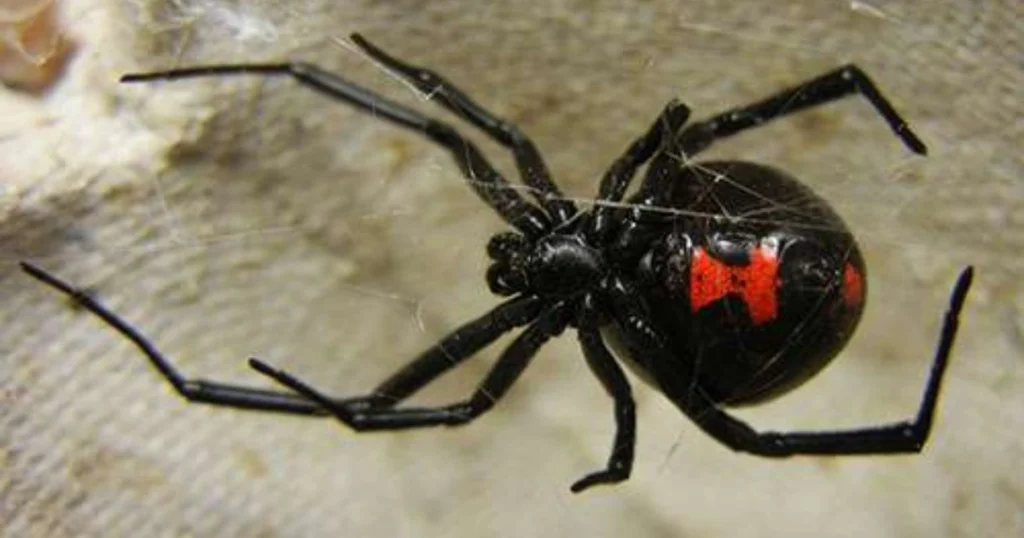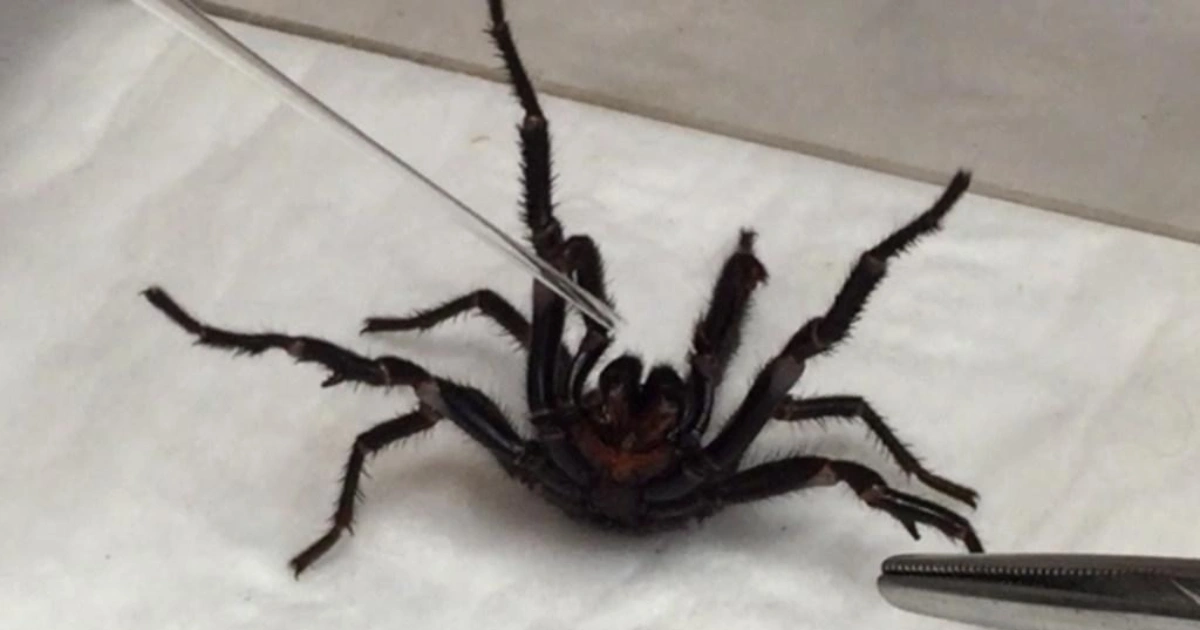Introduction
Spiders often spark fear, but not all of them deserve it. Among the 40,000+ species known worldwide, only a small handful pose real danger to humans. However, these few are no joke — some carry venom powerful enough to paralyze nerves, melt tissue, or in rare cases, prove fatal.
Understanding which spiders are truly dangerous, how to identify them, and how to avoid them is key — especially for nature lovers, travelers, and anyone living in spider-prone regions.
In this guide, you’ll explore the most venomous spiders on Earth, learn how to stay safe, and even discover surprising facts about their behavior and habitat. 🕸️
🏆 Top 3 Most Dangerous Spiders in the World
1️⃣ Brazilian Wandering Spider (Phoneutria spp.)
Also known as the “banana spider,” this is arguably the most venomous spider in the world. It gets its name because it wanders rather than building webs, making it far more likely to come into contact with humans.
Its venom causes:
- Intense pain
- Muscle cramps
- Difficulty breathing
- Increased heart rate
- In some men, a rare side effect: priapism (painful, prolonged erections)
🕷️ Size: Up to 15 cm with legs spread
🌎 Found in: South and Central America
📌 Notable fact: It’s listed in the Guinness Book of World Records as the most venomous spider.
Caution: Despite the venom, fatalities are rare with quick medical intervention. Children are most at risk due to their size.
2️⃣ Sydney Funnel‑Web Spider (Atrax robustus)
This shiny black or dark brown spider is small but terrifying. Native to eastern Australia, it is highly aggressive and will defend itself fiercely.
Its venom attacks the nervous system and can cause:
- Rapid onset of symptoms
- Muscle twitching
- Vomiting
- Breathing difficulty
- Death within hours if untreated
🕷️ Size: Body up to 5 cm, leg span up to 10 cm
🌎 Found in: Australia
📌 Good news: An antivenom has eliminated fatalities since the 1980s.
3️⃣ Brown Recluse & Chilean Recluse (Loxosceles spp.)
These spiders are known for necrotic venom — it kills cells and destroys tissue. Their bites might not hurt at first, but within hours, severe ulcers can form.
Symptoms include:
- Burning or stinging
- Blistering
- Deep open sores
- Fever, fatigue, and in rare cases, systemic organ damage
🕷️ Size: Small (about the size of a quarter)
🌎 Found in: Southern USA (Brown Recluse) and South America (Chilean Recluse)
📌 Tip: They’re shy and hide in clothing, shoes, and storage boxes.
⚠️ Other Notable Threats: Widows & Sand Spiders
🕷️ Black Widow & Redback Spiders (Latrodectus genus)
These shiny black spiders with red markings are infamous. Females are the danger — males are harmless.
Their venom causes latrodectism, including:
- Muscle cramps
- Abdominal pain
- Sweating
- Elevated blood pressure
- Nausea
🕷️ Size: ~1.5 cm body length
🌎 Found in: North America, Australia, Africa, Europe
📌 Fact: Deaths are extremely rare today thanks to antivenom.
🏜️ Six-Eyed Sand Spider (Hexophthalma spp.)
This desert dweller is a master of camouflage, hiding in sandy terrain and ambushing prey. While human contact is rare, its venom is among the most potent.
Venom effects:
- Tissue destruction
- Blood clotting disruption
- Possible organ failure (in animal tests)
🕷️ Size: About 5 cm across
🌎 Found in: Southern Africa
📌 Bonus fact: It can survive without food or water for over a year!

🧪 Why These Spiders Are So Dangerous
Different spiders use different venom types:
- Neurotoxins affect the nervous system and muscles (widows, funnel-webs, wandering spiders)
- Cytotoxins break down tissue and cells (recluses, sand spiders)
Symptoms can vary depending on the venom, but common reactions include:
- Swelling and redness
- Necrosis or ulcers
- Difficulty breathing
- Shock, seizures, or even coma in severe cases
👩⚕️ Important: Immediate medical attention is crucial — especially for children or the elderly.
❌ Common Mistakes & How to Avoid Them
Many spider-related injuries are due to human error. Here’s what not to do:
Don’t…
- Assume all spider bites are venomous — most are harmless
- Treat serious bites with home remedies
- Delay seeing a doctor when symptoms progress
- Stick hands into dark corners or boxes without checking
Do…
- Shake out clothing and shoes before wearing
- Wear gloves when working in storage areas, sheds, or gardens
- Take a picture of the spider if you can safely do so (for ID)
- Keep bite sites clean and elevated
🌍 Regional & Seasonal Tips
Where and when you’re most likely to encounter dangerous spiders:
🏝️ South America
Risk: Brazilian wandering spider
Season: Year-round in tropical climates
Watch out: In banana boxes, woodpiles, under rocks
🇦🇺 Australia
Risk: Funnel-webs and redbacks
Season: Warm months (November–March)
Watch out: In garages, shoes, firewood
🇺🇸 North America
Risk: Brown recluse, black widow
Season: Late summer
Watch out: Indoors, in clothing, old boxes, sheds
📌 Tip: Always inspect gear and bedding if stored for long periods.
✅ Benefits of Awareness
Knowing about dangerous spiders isn’t just about avoiding them — it’s about:
- 🧠 Staying calm under pressure
- 🧰 Being prepared for outdoor adventures
- 👪 Protecting children and pets
- 🏕️ Enjoying nature without fear
Education is the best form of prevention — and it helps keep both people and spiders safe!
🧰 Tools & Materials Checklist 🧤🔦
Here’s what to have on hand when exploring or cleaning in spider-prone areas:
🧤 Gloves & long sleeves
🔦 Flashlight or headlamp
📷 Smartphone (for photo ID)
🚿 Soap & clean water for bite washing
📞 Emergency contact info
🚑 First aid kit with antiseptic
📄 Notebook for symptom tracking
🧼 Tweezers (not for spider removal — just general kit)
❓ FAQs (People Also Ask)
Q1: What spider is the deadliest to humans?
The Brazilian wandering spider is considered the most venomous.
Q2: Are black widow bites fatal?
Very rarely — deaths are almost unheard of with today’s treatments.
Q3: How can I tell if a spider bite is dangerous?
If symptoms spread, worsen, or involve muscle cramps or ulcers, seek medical help immediately.
Q4: Should I be worried about spiders in my house?
Most are harmless and even helpful — but check local species to be safe.
Q5: Can spider bites cause permanent damage?
Some, like recluse bites, can leave scars if not treated early.
Q6: What should I do if bitten by a dangerous spider?
Stay calm, clean the area, keep still, and get to a doctor quickly.
Q7: Can I prevent spiders from entering my home?
Seal cracks, keep spaces clean, and use screens — these simple tricks go a long way.
🧭 Conclusion
While spiders can look scary, only a few are truly dangerous — and even those rarely bite unless provoked. With knowledge, basic caution, and a bit of respect for nature’s balance, you can safely coexist with these eight-legged creatures.
Whether you’re trekking through wild terrain or just cleaning the garage, staying informed helps protect your health and peace of mind.
💬 Have you ever had a close encounter with a spider? Share your story and help spread awareness! 🕸️🕷️


Total Casino Deutschland ist eine beliebte Glücksspielplattform, die ihren Benutzern eine breite Palette an Boni, Spielen und Bankmethoden bietet.
Bonusangebote sind nachvollziehbar beschrieben; du erkennst, welche Spiele beteiligt sind und welche Fristen gelten. Achten Sie auf die
großzügigen Willkommensbonusangebote, die neuen Spielern einen hervorragenden Start ermöglichen sollen. Wir befähigen Spieler
mit Kontrolle und bieten unerschütterliche Unterstützung,
wenn es am wichtigsten ist.“ – Totalcasino Responsible Gaming Team Wir bieten diskrete und mitfühlende Hilfe an und verbinden Sie
mit professionellen Organisationen, die auf Glücksspielsucht-Unterstützung spezialisiert sind.
Um dieses Vertrauen weiter zu festigen, überprüfen unabhängige Prüfer
regelmäßig unsere Systeme und bestätigen die Fairness und Transparenz jedes angebotenen Spiels.
Besonders beliebt sind die Freispiele, die durch vier oder
mehr Scatter-Symbole ausgelöst werden. Besonders gefragt
sind 50 Freispiele bei Anmeldung, die sich sofort für ausgewählte
Slots einsetzen lassen – ganz ohne Einzahlung, ganz ohne Risiko.
Immer mehr Instant Casinos setzen 2025 auf Freispiele ohne Einzahlung,
um neue Spieler zu gewinnen.
References:
https://online-spielhallen.de/15-top-boni-ohne-einzahlung-de-2025-slots-tipps/
https://t.me/s/be_1win/552